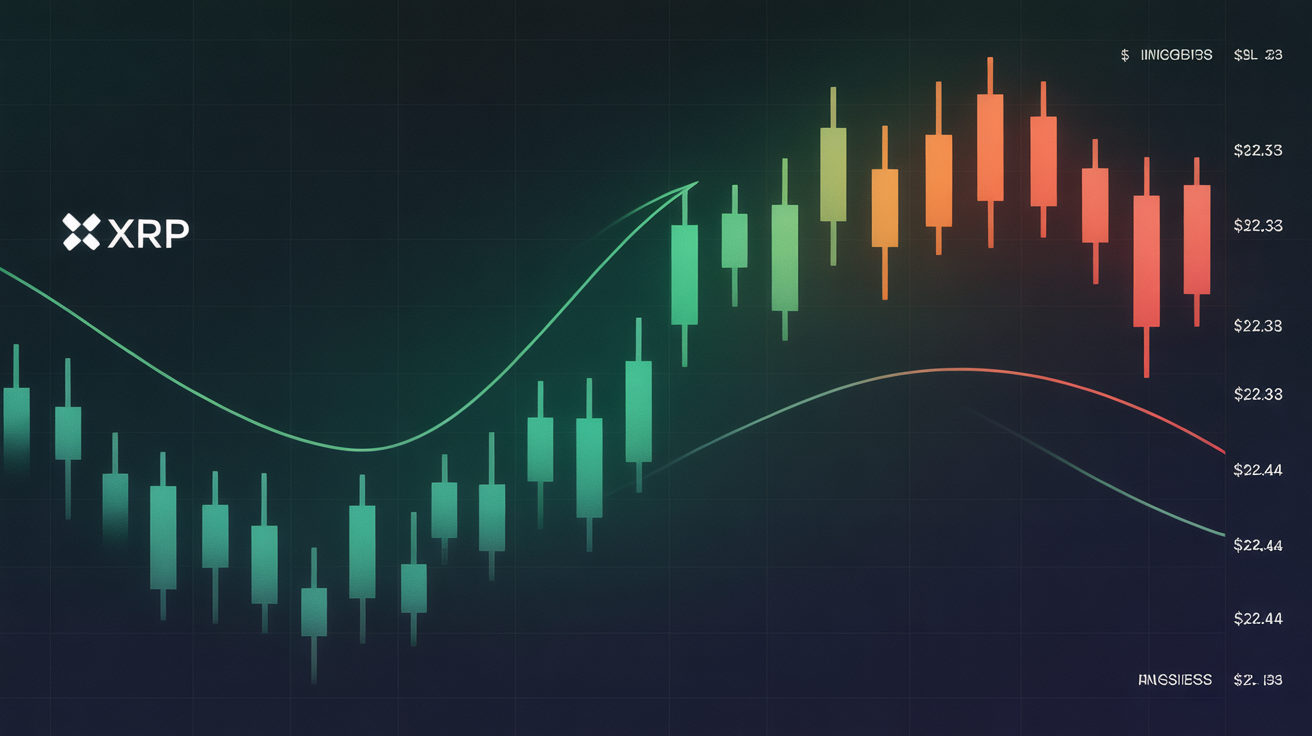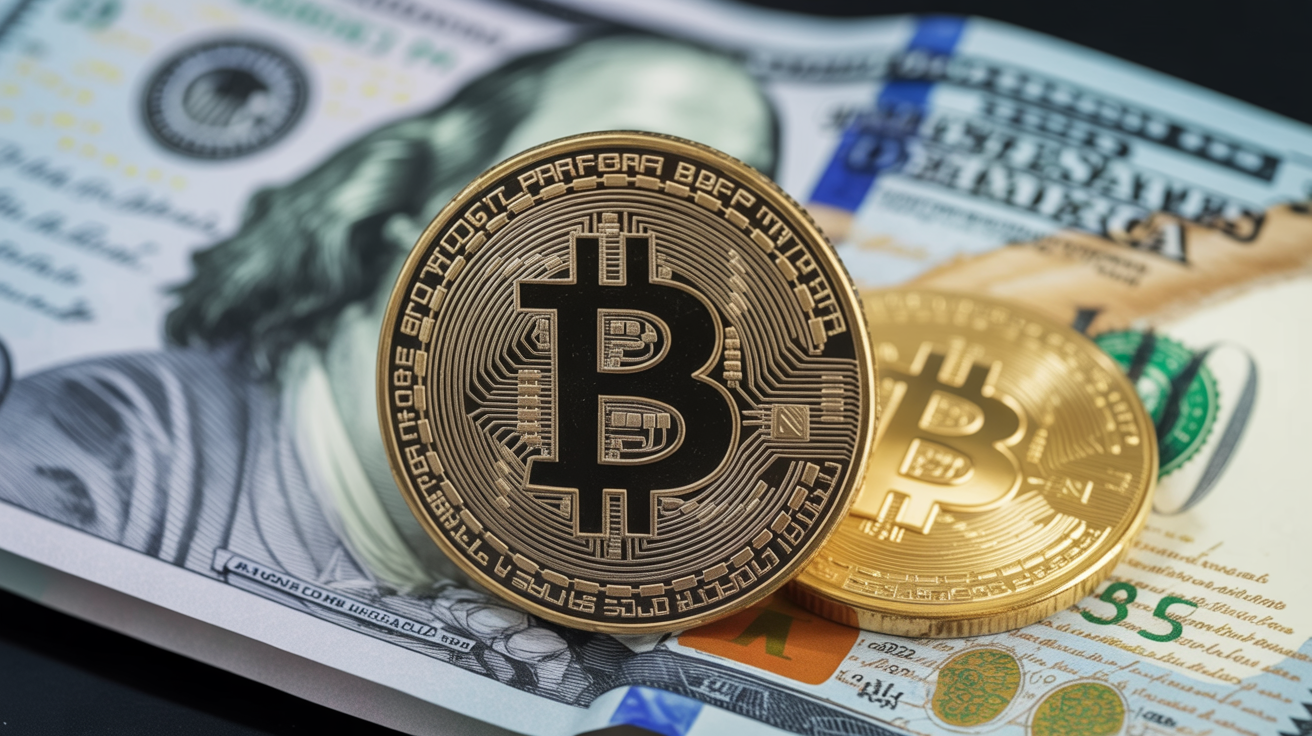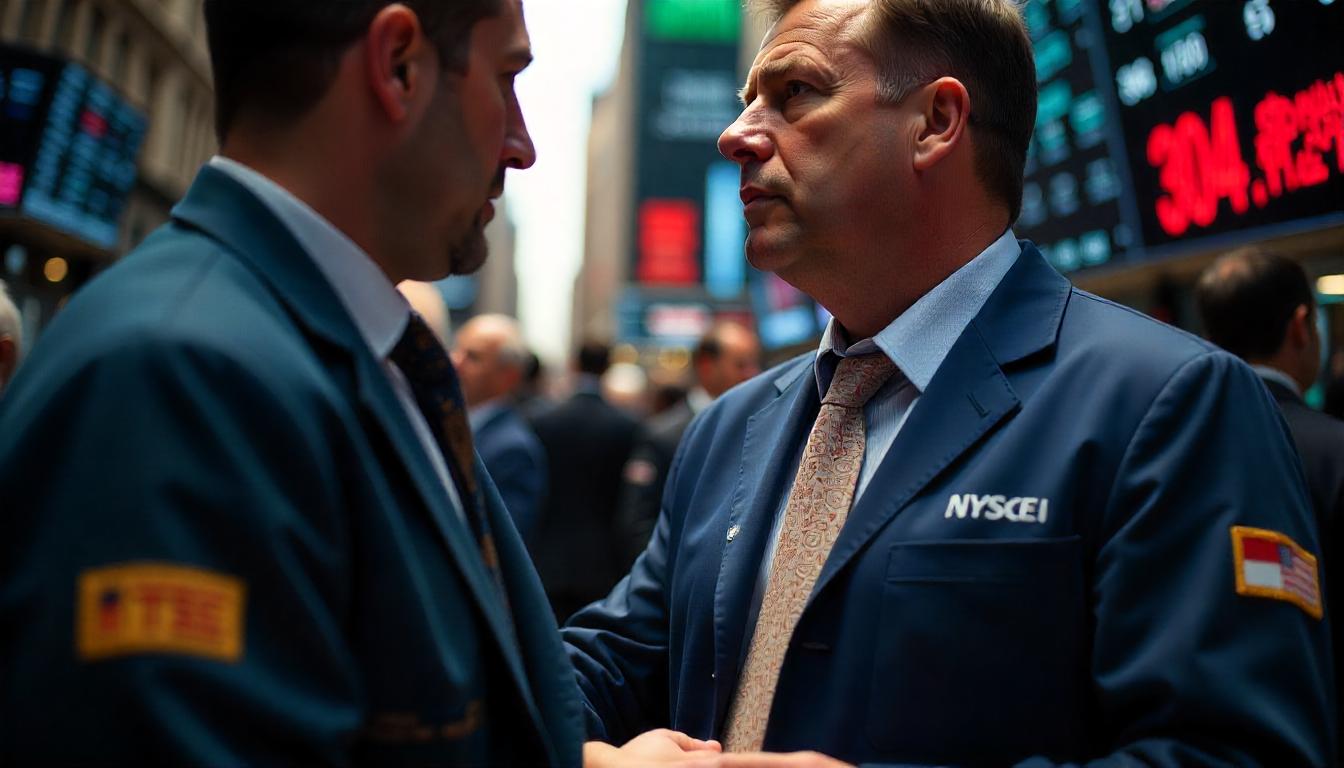Bitcoin Holds Steady Amid Growing ETF Inflows, Traders Watch Economic Data
Bitcoin (BTC) and the broader cryptocurrency market saw little change in the past 24 hours, as the asset continued to attract institutional attention. Exchange-traded funds (ETFs) tracking Bitcoin brought in more than $590 million in inflows on Monday, marking the sixth consecutive day of positive momentum, the longest streak since March.
Bitcoin’s growing status as a safe-haven asset amid macroeconomic uncertainty is evident, with investors seeking refuge in the cryptocurrency as global risks rise. BlackRock’s IBIT ETF led the way with $970 million in inflows, while Ark Invest’s ARKB ETF experienced $200 million in outflows. Despite this, Bitcoin held steady above $94,000 in early Tuesday trading, with traders eyeing a possible breakout that could push the price toward the coveted $100,000 level.
Meanwhile, major altcoins were largely stagnant. XRP, Ethereum (ETH), Cardano (ADA), and BNB showed little movement, while Solana (SOL) dropped by 2%. Monero (XMR) fell 8.5% after a dramatic 40% surge on Monday, attributed to a hacker swapping over $330 million in BTC for the privacy coin, according to blockchain investigator ZachXBT.
In the mid-cap sector, Nexo (NEXO) surged 8% following the announcement of its return to the U.S. market after a two-year regulatory hiatus. The company plans to focus on AI-driven financial products as it reestablishes its presence.
Looking ahead, traders are awaiting critical U.S. economic data, including GDP growth, unemployment figures, and other key indicators, which will shape market positioning in the days to come. Jeff Mei, COO of BTSE, highlighted in a Telegram message that traders are holding steady while awaiting fresh data. “Bitcoin and the broader crypto market have maintained last week’s gains, but traders are largely in wait-and-see mode,” Mei noted.
The U.S. dollar continues to weaken, down nearly 6% over the past month — its largest monthly decline since 2022. This ongoing dollar drop has prompted institutional investors to diversify their holdings, contributing to the growing demand for Bitcoin. “As the dollar declines, demand for Bitcoin has remained strong,” Mei added.
Elsewhere, a growing narrative is emerging that links Bitcoin’s price movements to changes in M2 money supply — the total amount of money circulating in the economy. Some traders believe that an increase in M2 could drive Bitcoin prices higher as investors look for ways to hedge against inflation. Conversely, a reduction in M2 could lead to lower Bitcoin prices as risk appetite wanes.
Augustine Fan, head of insights at SignalPlus, acknowledged the growing focus on M2 but cautioned against oversimplified interpretations. “While there’s some merit to the theory that Bitcoin could react to changes in M2, we see this as just one of many factors in play,” Fan said. “We remain bullish on Bitcoin in the medium term due to expectations of monetary and fiscal easing in response to global tariff-induced slowdowns.”





